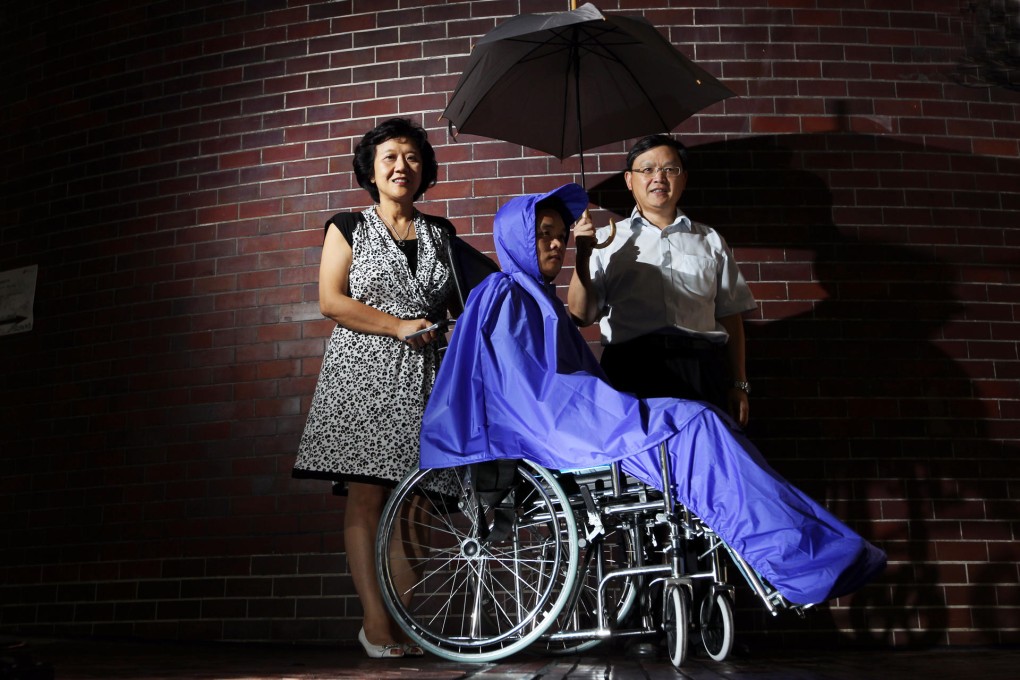
It's not unusual to find banks, bookstores and coffee shops on a university campus, but what about a tailor?
Patrick Hui and Frency Ng, both Polytechnic University clothing technology researchers, teach at the Institute of Textiles and Clothing (ITC), but also run a loss-making business at the school's Troels Povlsen Care Apparel Centre.
In 2007, the duo founded the centre to make "caring" clothes for the elderly and disabled, becoming the first such initiative in Asia. One of its most popular garments is the "wheelchair raincoat", which extends over the legs.
"Nursing homes have plenty of blankets donated, but can barely provide suitable clothing for the handicapped and elderly," says Ng, the centre's director. "Often, they just sit in the wheelchair with a blanket draped over their shoulders. Some can't even put on pants because of their physical limitations."
Ng recalls a wheelchair-bound man in his 20s who told her he could only wear loose-fitting pyjamas or tracksuit pants, but wanted to wear jeans.
"I don't think anyone should have to compromise their fashion sense just because they are old or disabled," Ng says. "They should still care about dressing in style and comfort. It could restore their confidence and dignity."
The centre produces a full range of clothing for those with special needs, including custom-tailored shirts and jackets that open at the back or side for those with limited arm movement; open-backed pants for people with leg problems; pants with multiple sides or inner pockets for concealing catheters; and anti-slip socks.
